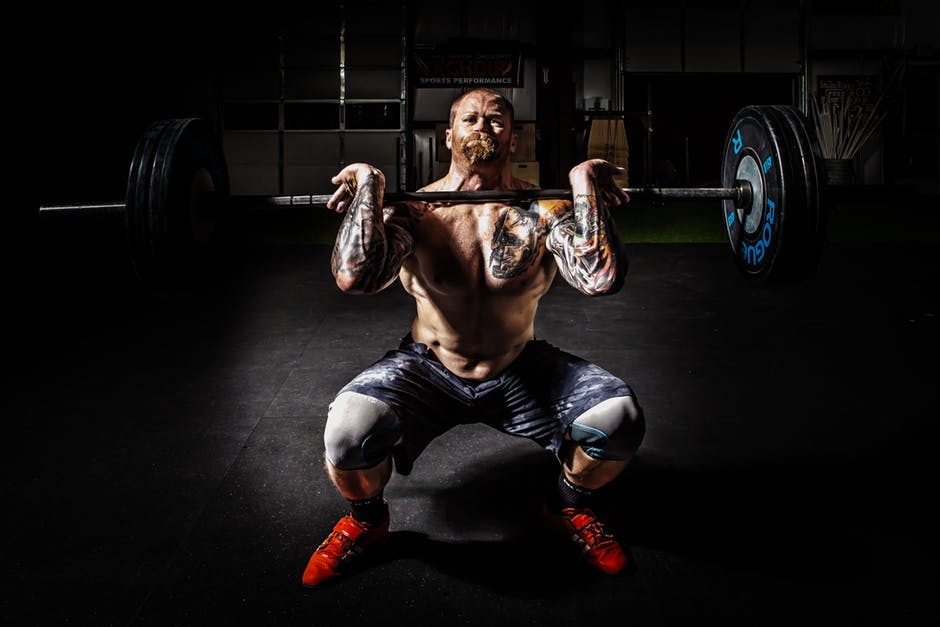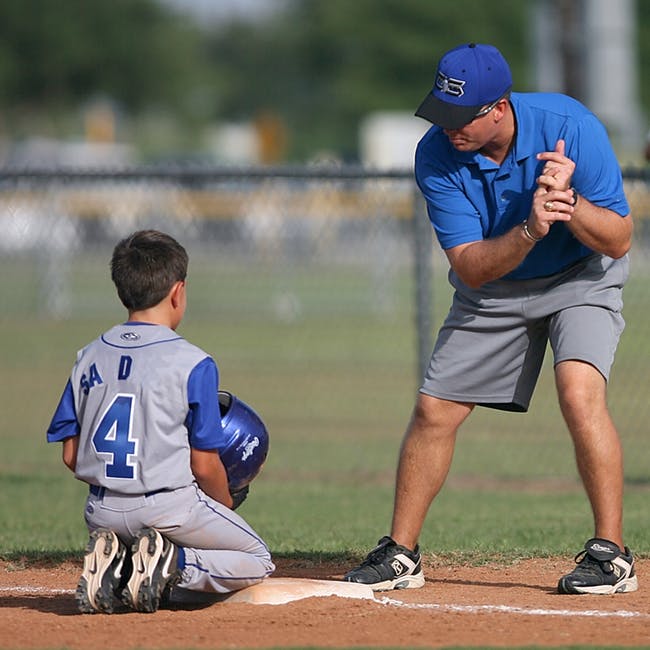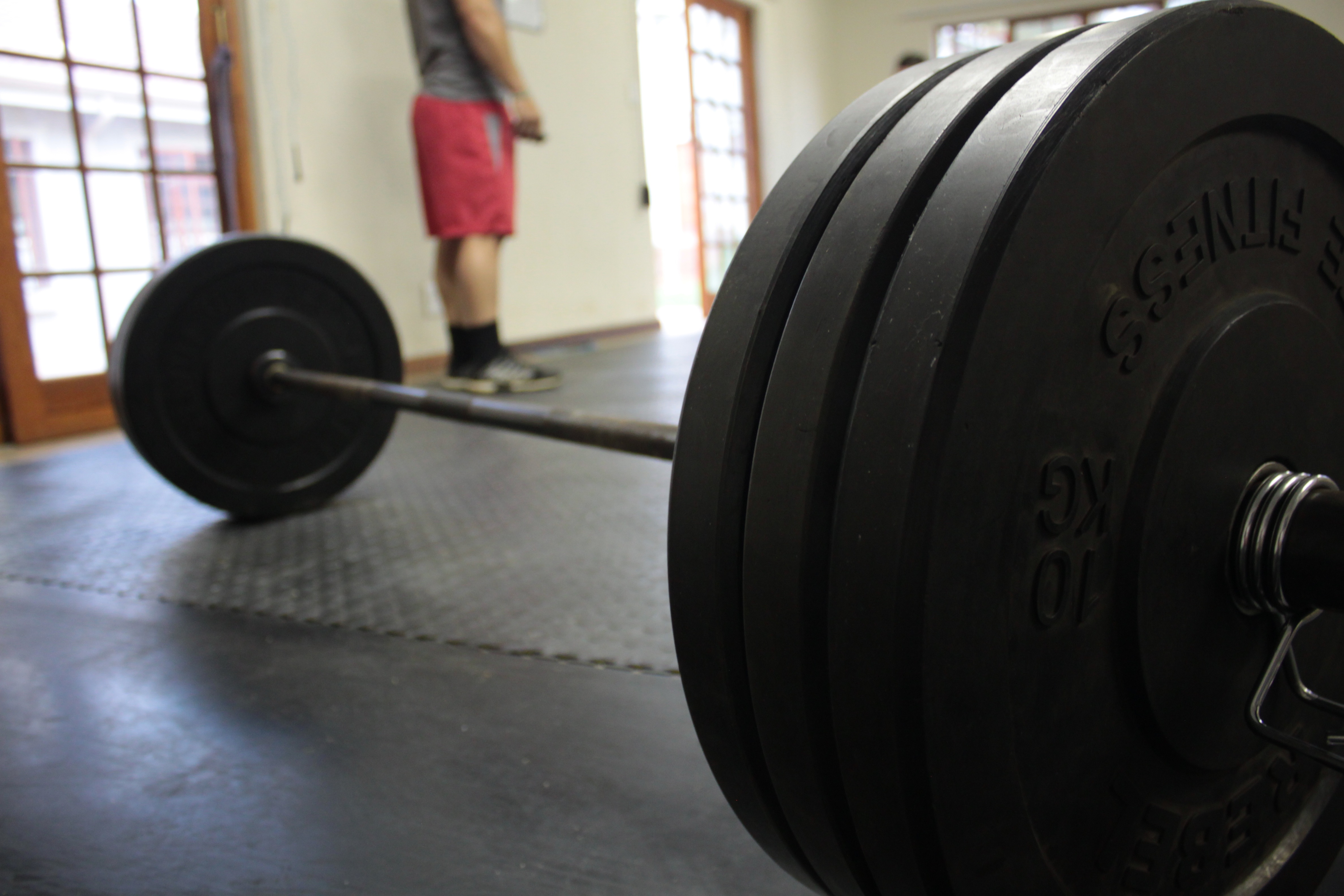Female athletes are more at risk of ACL injuries than male athletes. Some of that is thought to be a combination of factors; weak hamstrings, poor movement techniques, and bad landing mechanics. Some authors feel that the landing mechanics is from a combination of weak hamstrings and glutes. Struminger et al, in the September 2013 issue of Clinical Biomechanics argue that it’s not the strength, but the activation levels of the glutes and hamstrings that contributes to bad landing mechanics. There argument hinges on the fact that, in their opinion, landing is not a maximal effort activity so strength isn’t really a factor in landing.
To study this, the authors used 40 18-30 year old individuals who performed three sets of three repetitions of the following plyometric exercises:
- 180 degree jump: subject jumps to a metronome. On the beat, subject jumps and does a 180 degree turn towards the non-dominant shoulder.
- Front plane hurdle hop: subject jumps to a metronome. This is a lateral jump over a 10.16 cm hurdle.
- Double-leg sagittal plane hurdle hop: forward jump over the hurdle, set to the same height/distance as in the last exercise. Subject jumps to a metronome.
- Single-leg sagittal plane hurdle hop: one-legged version of the above double-leg exercise.
- Split squat jump: done to a metronome. Jump from a lunge position, switch which feet are in front/back on each jump.
Results:
- Medial and lateral hamstrings: greater activation during the single-leg sagittal plane hurdle hop, followed by the double-leg variation, followed by the split squat jump.
- Gluteus medius: greater activation during the single-leg sagittal plane hurdle hop exercise, with split squats and the double-leg sagittal plane hurdle hops also showing larger activation levels than the other exercises.
- Gluteus maximus: the single-leg sagittal plane hurdle hop exercise showed the greatest level of gluteus maximums activation.
If we accept that greater activation of the muscles leads to reduced ACL injury risks, then it would seem to be appropriate to incorporate the single-leg sagittal plane hurdle hop into any prevention program.
There are some shortcomings and concerns with this study and there is a need to interpret the results very carefully. First, the study doesn’t use athletes. This is actually an important thing to point out as their strength levels are different, muscles are developed differently, and their jumping/landing techniques may be very different. Second, the study doesn’t use exercises that are common to a prevention program. Many of the exercises used emphasize co-contraction of the hip extensors/flexors (like squats) or focus on landing from a jump to teach the athlete how to use the hamstrings when landing. In addition, strength and conditioning coaches rarely have athletes perform plyometrics to a metronome. Third, if we suspect that there are technique, strength, or activation levels it is rarely a good idea to prescribe one-legged exercises – particularly exercises that involve jumping and landing on one leg. This kind of exercise tends to create the problems we are seeking it prevent if the athlete’s foundation isn’t there. Fourth, there are philosophical debates about whether EMG equals muscle activation. Finally, it’s unclear whether the ability to activate the muscle (i.e. the authors’ hypothesis) is more important than the strength of the muscles in that situation.
While there are shortcomings and concerns with the study, I absolutely applaud the approach and the desire to determine how the body actually experiences the exercises that we use in a program. This study represents a great first step and is definitely something that could be expanded upon in the future.
Struminger, A.H., Lewek, M.D., Goto, S., Hibberd, E., and Blackburn, J.T. (2013). Comparison of gluteal and hamstring activation during five commonly used plyometric exercises. Clinical Biomechanics, 28: 783-789.



